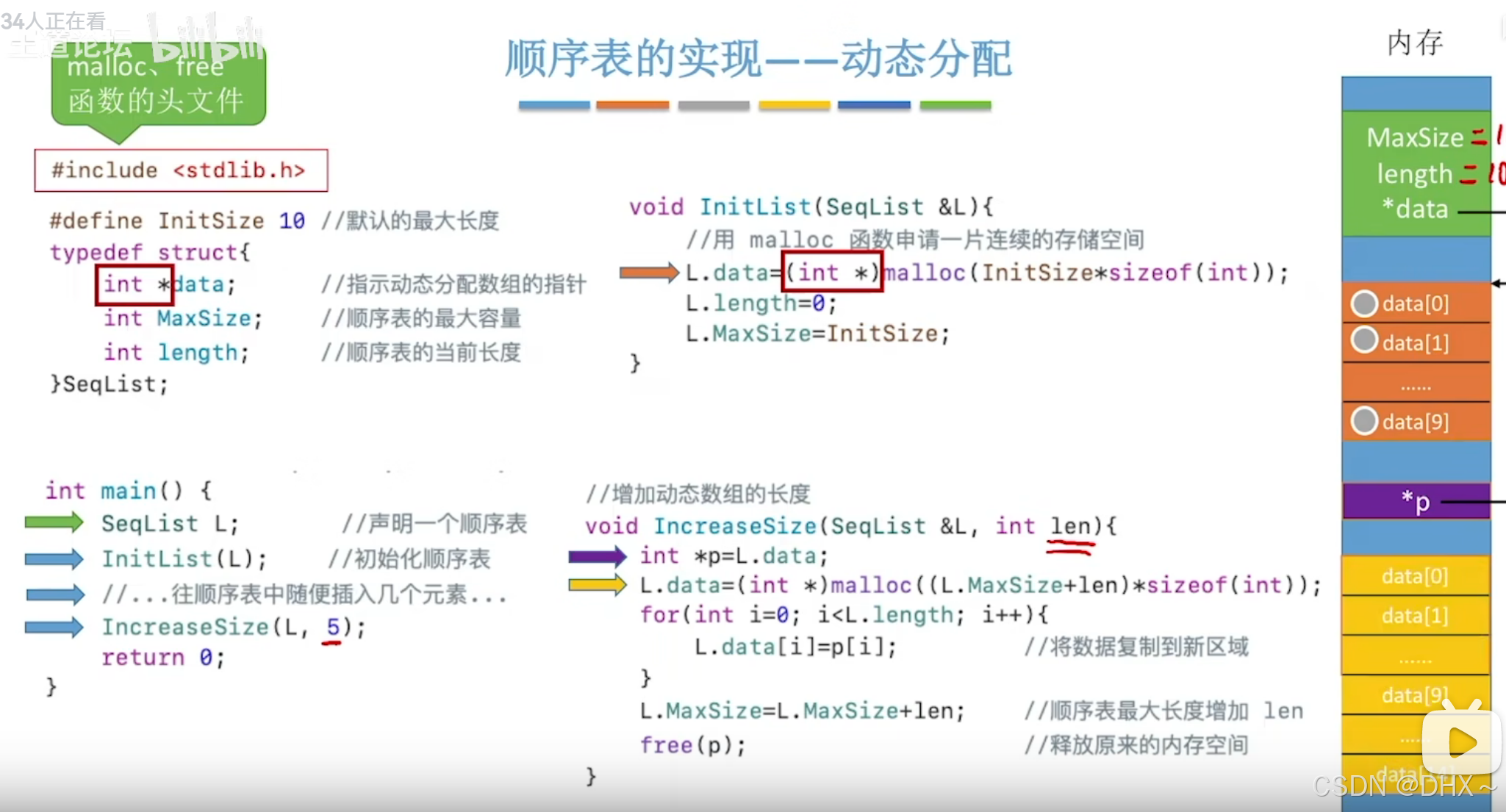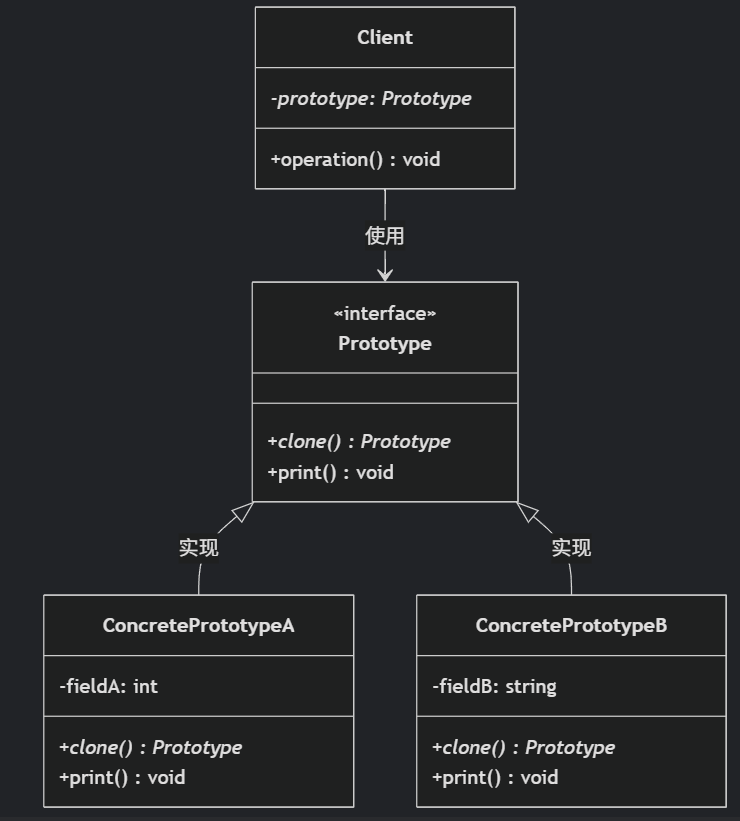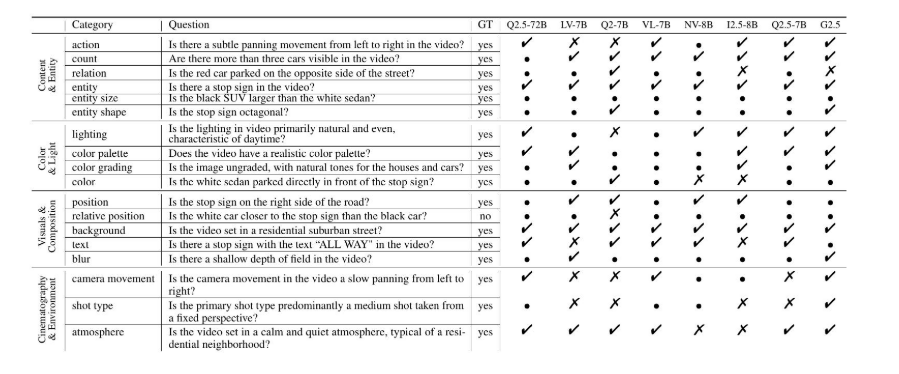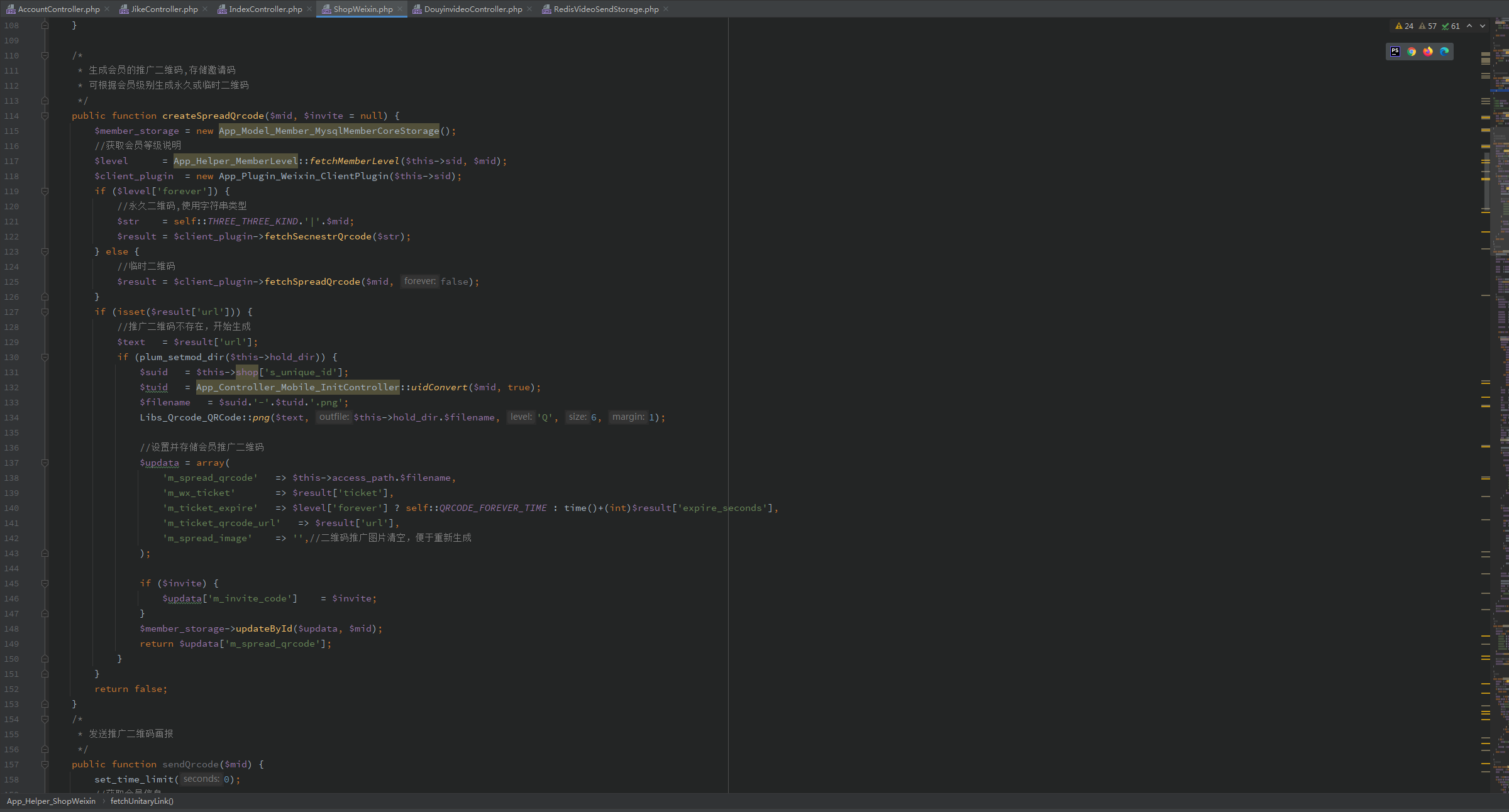第12周:LSTM(火灾温度)
1.库以及数据的导入
1.1库的导入
import torch.nn.functional as F
import numpy as np
import pandas as pd
import torch
from torch import nn
1.2数据集的导入
data = pd.read_csv("woodpine2.csv")data
| Time | Tem1 | CO 1 | Soot 1 | |
|---|---|---|---|---|
| 0 | 0.000 | 25.0 | 0.000000 | 0.000000 |
| 1 | 0.228 | 25.0 | 0.000000 | 0.000000 |
| 2 | 0.456 | 25.0 | 0.000000 | 0.000000 |
| 3 | 0.685 | 25.0 | 0.000000 | 0.000000 |
| 4 | 0.913 | 25.0 | 0.000000 | 0.000000 |
| ... | ... | ... | ... | ... |
| 5943 | 366.000 | 295.0 | 0.000077 | 0.000496 |
| 5944 | 366.000 | 294.0 | 0.000077 | 0.000494 |
| 5945 | 367.000 | 292.0 | 0.000077 | 0.000491 |
| 5946 | 367.000 | 291.0 | 0.000076 | 0.000489 |
| 5947 | 367.000 | 290.0 | 0.000076 | 0.000487 |
5948 rows × 4 columns
1.3数据集可视化
import matplotlib.pyplot as plt
import seaborn as snsplt.rcParams['savefig.dpi'] = 500 #图片像素
plt.rcParams['figure.dpi'] = 500 #分辨率fig, ax =plt.subplots(1,3,constrained_layout=True, figsize=(14, 3))sns.lineplot(data=data["Tem1"], ax=ax[0])
sns.lineplot(data=data["CO 1"], ax=ax[1])
sns.lineplot(data=data["Soot 1"], ax=ax[2])
plt.show()
](https://i-blog.csdnimg.cn/direct/eb1d674bdaea4502835e7b7489dc586f.png)
dataFrame = data.iloc[:,1:]
dataFrame
| Tem1 | CO 1 | Soot 1 | |
|---|---|---|---|
| 0 | 25.0 | 0.000000 | 0.000000 |
| 1 | 25.0 | 0.000000 | 0.000000 |
| 2 | 25.0 | 0.000000 | 0.000000 |
| 3 | 25.0 | 0.000000 | 0.000000 |
| 4 | 25.0 | 0.000000 | 0.000000 |
| ... | ... | ... | ... |
| 5943 | 295.0 | 0.000077 | 0.000496 |
| 5944 | 294.0 | 0.000077 | 0.000494 |
| 5945 | 292.0 | 0.000077 | 0.000491 |
| 5946 | 291.0 | 0.000076 | 0.000489 |
| 5947 | 290.0 | 0.000076 | 0.000487 |
5948 rows × 3 columns
2.数据集的构建
2.1数据的预处理
from sklearn.preprocessing import MinMaxScalerdataFrame = data.iloc[:,1:].copy()
sc = MinMaxScaler(feature_range=(0, 1)) #将数据归一化,范围是0到1for i in ['CO 1', 'Soot 1', 'Tem1']:dataFrame[i] = sc.fit_transform(dataFrame[i].values.reshape(-1, 1))dataFrame.shape
(5948, 3)
2.设置X,y
width_X = 8
width_y = 1##取前8个时间段的Tem1、CO 1、Soot 1为X,第9个时间段的Tem1为y。
X = []
y = []in_start = 0for _, _ in data.iterrows():in_end = in_start + width_Xout_end = in_end + width_yif out_end < len(dataFrame):X_ = np.array(dataFrame.iloc[in_start:in_end , ])y_ = np.array(dataFrame.iloc[in_end :out_end, 0])X.append(X_)y.append(y_)in_start += 1X = np.array(X)
y = np.array(y).reshape(-1,1,1)X.shape, y.shape
((5939, 8, 3), (5939, 1, 1))
#检查数据集中是否有空值
print(np.any(np.isnan(X)))
print(np.any(np.isnan(y)))False
False
2.3划分数据集
X_train = torch.tensor(np.array(X[:5000]), dtype=torch.float32)
y_train = torch.tensor(np.array(y[:5000]), dtype=torch.float32)X_test = torch.tensor(np.array(X[5000:]), dtype=torch.float32)
y_test = torch.tensor(np.array(y[5000:]), dtype=torch.float32)
X_train.shape, y_train.shape(torch.Size([5000, 8, 3]), torch.Size([5000, 1, 1]))
from torch.utils.data import TensorDataset, DataLoadertrain_dl = DataLoader(TensorDataset(X_train, y_train),batch_size=64, shuffle=False)test_dl = DataLoader(TensorDataset(X_test, y_test),batch_size=64, shuffle=False)
3.模型训练
3.1模型构建
class model_lstm(nn.Module):def __init__(self):super(model_lstm, self).__init__()self.lstm0 = nn.LSTM(input_size=3 ,hidden_size=320, num_layers=1, batch_first=True)self.lstm1 = nn.LSTM(input_size=320 ,hidden_size=320, num_layers=1, batch_first=True)self.fc0 = nn.Linear(320, 1)def forward(self, x):out, hidden1 = self.lstm0(x) out, _ = self.lstm1(out, hidden1) out = self.fc0(out) return out[:, -1:, :] #取2个预测值,否则经过lstm会得到8*2个预测model = model_lstm()
model
model_lstm((lstm0): LSTM(3, 320, batch_first=True)(lstm1): LSTM(320, 320, batch_first=True)(fc0): Linear(in_features=320, out_features=1, bias=True)
)
model(torch.rand(30,8,3)).shape
torch.Size([30, 1, 1])
3.2定义训练函数
# 训练循环
import copy
def train(train_dl, model, loss_fn, opt, lr_scheduler=None):size = len(train_dl.dataset) num_batches = len(train_dl) train_loss = 0 # 初始化训练损失和正确率for x, y in train_dl: x, y = x.to(device), y.to(device)# 计算预测误差pred = model(x) # 网络输出loss = loss_fn(pred, y) # 计算网络输出和真实值之间的差距# 反向传播opt.zero_grad() # grad属性归零loss.backward() # 反向传播opt.step() # 每一步自动更新# 记录losstrain_loss += loss.item()if lr_scheduler is not None:lr_scheduler.step()print("learning rate = {:.5f}".format(opt.param_groups[0]['lr']), end=" ")train_loss /= num_batchesreturn train_loss
3.3定义测试函数
def test (dataloader, model, loss_fn):size = len(dataloader.dataset) # 测试集的大小num_batches = len(dataloader) # 批次数目test_loss = 0# 当不进行训练时,停止梯度更新,节省计算内存消耗with torch.no_grad():for x, y in dataloader:x, y = x.to(device), y.to(device)# 计算lossy_pred = model(x)loss = loss_fn(y_pred, y)test_loss += loss.item()test_loss /= num_batchesreturn test_loss
#设置GPU训练
device=torch.device("cuda" if torch.cuda.is_available() else "cpu")
device
device(type='cpu')
3.4正式训练模型
#训练模型
model = model_lstm()
model = model.to(device)
loss_fn = nn.MSELoss() # 创建损失函数
learn_rate = 1e-1 # 学习率
opt = torch.optim.SGD(model.parameters(),lr=learn_rate,weight_decay=1e-4)
epochs = 50
train_loss = []
test_loss = []
lr_scheduler = torch.optim.lr_scheduler.CosineAnnealingLR(opt,epochs, last_epoch=-1) for epoch in range(epochs):model.train()epoch_train_loss = train(train_dl, model, loss_fn, opt, lr_scheduler)model.eval()epoch_test_loss = test(test_dl, model, loss_fn)train_loss.append(epoch_train_loss)test_loss.append(epoch_test_loss)template = ('Epoch:{:2d}, Train_loss:{:.5f}, Test_loss:{:.5f}')print(template.format(epoch+1, epoch_train_loss, epoch_test_loss))print("="*20, 'Done', "="*20)
learning rate = 0.09990 Epoch: 1, Train_loss:0.00131, Test_loss:0.01243
learning rate = 0.09961 Epoch: 2, Train_loss:0.01428, Test_loss:0.01208
learning rate = 0.09911 Epoch: 3, Train_loss:0.01401, Test_loss:0.01172
learning rate = 0.09843 Epoch: 4, Train_loss:0.01369, Test_loss:0.01132
learning rate = 0.09755 Epoch: 5, Train_loss:0.01333, Test_loss:0.01088
learning rate = 0.09649 Epoch: 6, Train_loss:0.01289, Test_loss:0.01039
learning rate = 0.09524 Epoch: 7, Train_loss:0.01237, Test_loss:0.00983
learning rate = 0.09382 Epoch: 8, Train_loss:0.01174, Test_loss:0.00919
learning rate = 0.09222 Epoch: 9, Train_loss:0.01100, Test_loss:0.00849
learning rate = 0.09045 Epoch:10, Train_loss:0.01015, Test_loss:0.00772
learning rate = 0.08853 Epoch:11, Train_loss:0.00918, Test_loss:0.00689
learning rate = 0.08645 Epoch:12, Train_loss:0.00812, Test_loss:0.00604
learning rate = 0.08423 Epoch:13, Train_loss:0.00701, Test_loss:0.00520
learning rate = 0.08187 Epoch:14, Train_loss:0.00588, Test_loss:0.00438
learning rate = 0.07939 Epoch:15, Train_loss:0.00479, Test_loss:0.00363
learning rate = 0.07679 Epoch:16, Train_loss:0.00379, Test_loss:0.00297
learning rate = 0.07409 Epoch:17, Train_loss:0.00291, Test_loss:0.00241
learning rate = 0.07129 Epoch:18, Train_loss:0.00219, Test_loss:0.00196
learning rate = 0.06841 Epoch:19, Train_loss:0.00161, Test_loss:0.00160
learning rate = 0.06545 Epoch:20, Train_loss:0.00117, Test_loss:0.00133
learning rate = 0.06243 Epoch:21, Train_loss:0.00084, Test_loss:0.00112
learning rate = 0.05937 Epoch:22, Train_loss:0.00061, Test_loss:0.00098
learning rate = 0.05627 Epoch:23, Train_loss:0.00045, Test_loss:0.00087
learning rate = 0.05314 Epoch:24, Train_loss:0.00034, Test_loss:0.00079
learning rate = 0.05000 Epoch:25, Train_loss:0.00027, Test_loss:0.00073
learning rate = 0.04686 Epoch:26, Train_loss:0.00021, Test_loss:0.00069
learning rate = 0.04373 Epoch:27, Train_loss:0.00018, Test_loss:0.00066
learning rate = 0.04063 Epoch:28, Train_loss:0.00016, Test_loss:0.00063
learning rate = 0.03757 Epoch:29, Train_loss:0.00014, Test_loss:0.00061
learning rate = 0.03455 Epoch:30, Train_loss:0.00013, Test_loss:0.00060
learning rate = 0.03159 Epoch:31, Train_loss:0.00012, Test_loss:0.00058
learning rate = 0.02871 Epoch:32, Train_loss:0.00012, Test_loss:0.00058
learning rate = 0.02591 Epoch:33, Train_loss:0.00012, Test_loss:0.00057
learning rate = 0.02321 Epoch:34, Train_loss:0.00012, Test_loss:0.00057
learning rate = 0.02061 Epoch:35, Train_loss:0.00012, Test_loss:0.00057
learning rate = 0.01813 Epoch:36, Train_loss:0.00012, Test_loss:0.00057
learning rate = 0.01577 Epoch:37, Train_loss:0.00012, Test_loss:0.00057
learning rate = 0.01355 Epoch:38, Train_loss:0.00012, Test_loss:0.00057
learning rate = 0.01147 Epoch:39, Train_loss:0.00013, Test_loss:0.00058
learning rate = 0.00955 Epoch:40, Train_loss:0.00013, Test_loss:0.00059
learning rate = 0.00778 Epoch:41, Train_loss:0.00013, Test_loss:0.00060
learning rate = 0.00618 Epoch:42, Train_loss:0.00014, Test_loss:0.00061
learning rate = 0.00476 Epoch:43, Train_loss:0.00014, Test_loss:0.00061
learning rate = 0.00351 Epoch:44, Train_loss:0.00014, Test_loss:0.00062
learning rate = 0.00245 Epoch:45, Train_loss:0.00014, Test_loss:0.00062
learning rate = 0.00157 Epoch:46, Train_loss:0.00014, Test_loss:0.00062
learning rate = 0.00089 Epoch:47, Train_loss:0.00014, Test_loss:0.00062
learning rate = 0.00039 Epoch:48, Train_loss:0.00014, Test_loss:0.00062
learning rate = 0.00010 Epoch:49, Train_loss:0.00014, Test_loss:0.00062
learning rate = 0.00000 Epoch:50, Train_loss:0.00014, Test_loss:0.00062
==================== Done ====================
4.模型评估
4.1loss
import matplotlib.pyplot as plt
from datetime import datetime
current_time = datetime.now() # 获取当前时间plt.figure(figsize=(5, 3),dpi=120)plt.plot(train_loss , label='LSTM Training Loss')
plt.plot(test_loss, label='LSTM Validation Loss')plt.title('Training and Validation Loss')
plt.xlabel(current_time) # 打卡请带上时间戳,否则代码截图无效
plt.legend()
plt.show()

4.2模型调用及预测
predicted_y_lstm = sc.inverse_transform(model(X_test).detach().numpy().reshape(-1,1)) # 测试集输入模型进行预测
y_test_1 = sc.inverse_transform(y_test.reshape(-1,1))
y_test_one = [i[0] for i in y_test_1]
predicted_y_lstm_one = [i[0] for i in predicted_y_lstm]plt.figure(figsize=(5, 3),dpi=120)
# 画出真实数据和预测数据的对比曲线
plt.plot(y_test_one[:2000], color='red', label='real_temp')
plt.plot(predicted_y_lstm_one[:2000], color='blue', label='prediction')plt.title('Title')
plt.xlabel('X')
plt.ylabel('Y')
plt.legend()
plt.show()

4.3R2值评估
from sklearn import metrics
"""
RMSE :均方根误差 -----> 对均方误差开方
R2 :决定系数,可以简单理解为反映模型拟合优度的重要的统计量
"""
RMSE_lstm = metrics.mean_squared_error(predicted_y_lstm_one, y_test_1)**0.5
R2_lstm = metrics.r2_score(predicted_y_lstm_one, y_test_1)print('均方根误差: %.5f' % RMSE_lstm)
print('R2: %.5f' % R2_lstm)
均方根误差: 7.07942
R2: 0.82427
- 🍨 本文为🔗365天深度学习训练营 中的学习记录博客
- *🍖 原作者:K同学啊
相关文章:

第12周:LSTM(火灾温度)
1.库以及数据的导入 1.1库的导入 import torch.nn.functional as F import numpy as np import pandas as pd import torch from torch import nn1.2数据集的导入 data pd.read_csv("woodpine2.csv")dataTimeTem1CO 1Soot 100.00025.00.0000000.00000010.22825.…...

MySQL的SQL执行流程
项目查询数据库的流程 用户通过Tomcat服务器发送请求到MySQL数据库的过程。 用户发起请求:用户通过浏览器或其他客户端向Tomcat服务器发送HTTP请求。 Tomcat服务器处理请求: Tomcat服务器接收用户的请求,并创建一个线程来处理这个请求。 线…...

Foundation CSS 可见性
Foundation CSS 可见性 引言 在网页设计中,CSS可见性是一个至关重要的概念。它决定了元素在网页上是否可见,以及如何显示。Foundation CSS 是一个流行的前端框架,它提供了丰富的工具和组件来帮助开发者构建响应式和可访问的网页。本文将深入探讨 Foundation CSS 中的可见性…...

7. Docker 容器数据卷的使用(超详细的讲解说明)
7. Docker 容器数据卷的使用(超详细的讲解说明) 文章目录 7. Docker 容器数据卷的使用(超详细的讲解说明)1. Docker容器数据卷概述2. Docker 容器数据卷的使用演示:2.1 宿主 和 容器之间映射添加容器卷2.2 容器数据卷 读写规则映射添加说明2.3 容器数据卷的继承和共…...

算法——结合实例了解广度优先搜索(BFS)搜索
一、广度优先搜索初印象 想象一下,你身处一座陌生的城市,想要从当前位置前往某个景点,你打开手机上的地图导航软件,输入目的地后,导航软件会迅速规划出一条最短路线。这背后,就可能运用到了广度优先搜索&am…...

qt QCommandLineOption 详解
1、概述 QCommandLineOption类是Qt框架中用于解析命令行参数的类。它提供了一种方便的方式来定义和解析命令行选项,并且可以与QCommandLineParser类一起使用,以便在应用程序中轻松处理命令行参数。通过QCommandLineOption类,开发者可以更便捷…...

Linux权限提升-内核溢出
一:Web到Linux-内核溢出Dcow 复现环境:https://www.vulnhub.com/entry/lampiao-1,249/ 1.信息收集:探测⽬标ip及开发端⼝ 2.Web漏洞利⽤: 查找drupal相关漏洞 search drupal # 进⾏漏洞利⽤ use exploit/unix/webapp/drupal_dr…...

【环境安装】重装Docker-26.0.2版本
【机器背景说明】Linux-Centos7;已有低版本的Docker 【目标环境说明】 卸载已有Docker,用docker-26.0.2.tgz安装包安装 1.Docker包下载 下载地址:Index of linux/static/stable/x86_64/ 2.卸载已有的Docker 卸载之前首先停掉服务 sudo…...

【云安全】云原生- K8S API Server 未授权访问
API Server 是 Kubernetes 集群的核心管理接口,所有资源请求和操作都通过 kube-apiserver 提供的 API 进行处理。默认情况下,API Server 会监听两个端口:8080 和 6443。如果配置不当,可能会导致未授权访问的安全风险。 8080 端口…...

笔记7——条件判断
条件判断 主要通过 if、elif 和 else 语句来实现 语法结构 # if 条件1: # 条件1为真时执行的代码 # elif 条件2: # 条件1为假、且条件2为真时执行的代码 # elif 条件3: # 条件1、2为假、且条件3为真时执行的代码 # ... # else: # 所…...

Word 公式转 CSDN 插件 发布
经过几个月的苦修,这款插件终于面世了。 从Word复制公式到CSDN粘贴,总是出现公式中的文字被单独提出来,而公式作为一个图片被粘贴的情况。公式多了的时候还会导致CSDN禁止进一步的上传公式。 经过对CSDN公式的研究,发现在粘贴公…...

二次封装axios解决异步通信痛点
为了方便扩展,和增加配置的灵活性,这里将通过封装一个类来实现axios的二次封装,要实现的功能包括: 为请求传入自定义的配置,控制单次请求的不同行为在响应拦截器中对业务逻辑进行处理,根据业务约定的成功数据结构,返回业务数据对响应错误进行处理,配置显示对话框或消息形…...

算法——结合实例了解深度优先搜索(DFS)
一,深度优先搜索(DFS)详解 DFS是什么? 深度优先搜索(Depth-First Search,DFS)是一种用于遍历或搜索树、图的算法。其核心思想是尽可能深地探索分支,直到无法继续时回溯到上一个节点…...

数据结构(考研)
线性表 顺序表 顺序表的静态分配 //线性表的元素类型为 ElemType//顺序表的静态分配 #define MaxSize10 typedef int ElemType; typedef struct{ElemType data[MaxSize];int length; }SqList;顺序表的动态分配 //顺序表的动态分配 #define InitSize 10 typedef struct{El…...

使用SSE协议进行服务端向客户端主动发送消息
1.创建一个SSE配置类: 1.1代码如下:package com.campus.platform.config;import org.springframework.context.annotation.Bean; import org.springframework.context.annotation.Configuration; import org.springframework.web.servlet.config.annotation.AsyncS…...

FastAPI 高并发与性能优化
FastAPI 高并发与性能优化 目录 🚀 高并发应用设计原则🧑💻 异步 I/O 优化 Web 服务响应速度⏳ 在 FastAPI 中优化异步任务执行顺序🔒 高并发中的共享资源与线程安全问题 1. 🚀 高并发应用设计原则 在构建高并发应…...

DFS+回溯+剪枝(深度优先搜索)——搜索算法
目录 一、递归 1.什么是递归? 2.什么时候使用递归? 3.如何理解递归? 4.如何写好递归? 二、记忆化搜索(记忆递归) 三、回溯 四、剪枝 五、综合试题 1.N皇后 2.解数独 DFS也就是深度优先搜索&am…...

在cursor/vscode中使用godot C#进行游戏开发
要在 Visual Studio Code(VS Code)中启动 C#Godot 项目,可以按照以下步骤进行配置: 1.安装必要的工具 • 安装 Visual Studio Code:确保你已经安装了最新版本的 VS Code。 • 安装.NET SDK:下载并安装.NET 7.x SDK(…...

vant4 van-list组件的使用
<van-listv-if"joblist && joblist.length > 0"v-model:loading"loading":finished"finished":immediate-check"false"finished-text"没有更多了"load"onLoad">// 加载 const loading ref(fals…...

介绍 Liquibase、Flyway、Talend 和 Apache NiFi:选择适合的工具
在现代软件开发中,尤其是在数据库管理和数据集成方面,选择合适的工具至关重要。本文将介绍四个流行的工具:Liquibase、Flyway、Talend 和 Apache NiFi,分析它们的应用、依赖以及如何选择适合的工具。 1. Liquibase 简介ÿ…...

Docker 离线安装指南
参考文章 1、确认操作系统类型及内核版本 Docker依赖于Linux内核的一些特性,不同版本的Docker对内核版本有不同要求。例如,Docker 17.06及之后的版本通常需要Linux内核3.10及以上版本,Docker17.09及更高版本对应Linux内核4.9.x及更高版本。…...

linux之kylin系统nginx的安装
一、nginx的作用 1.可做高性能的web服务器 直接处理静态资源(HTML/CSS/图片等),响应速度远超传统服务器类似apache支持高并发连接 2.反向代理服务器 隐藏后端服务器IP地址,提高安全性 3.负载均衡服务器 支持多种策略分发流量…...

Admin.Net中的消息通信SignalR解释
定义集线器接口 IOnlineUserHub public interface IOnlineUserHub {/// 在线用户列表Task OnlineUserList(OnlineUserList context);/// 强制下线Task ForceOffline(object context);/// 发布站内消息Task PublicNotice(SysNotice context);/// 接收消息Task ReceiveMessage(…...

(二)原型模式
原型的功能是将一个已经存在的对象作为源目标,其余对象都是通过这个源目标创建。发挥复制的作用就是原型模式的核心思想。 一、源型模式的定义 原型模式是指第二次创建对象可以通过复制已经存在的原型对象来实现,忽略对象创建过程中的其它细节。 📌 核心特点: 避免重复初…...

使用van-uploader 的UI组件,结合vue2如何实现图片上传组件的封装
以下是基于 vant-ui(适配 Vue2 版本 )实现截图中照片上传预览、删除功能,并封装成可复用组件的完整代码,包含样式和逻辑实现,可直接在 Vue2 项目中使用: 1. 封装的图片上传组件 ImageUploader.vue <te…...

视频字幕质量评估的大规模细粒度基准
大家读完觉得有帮助记得关注和点赞!!! 摘要 视频字幕在文本到视频生成任务中起着至关重要的作用,因为它们的质量直接影响所生成视频的语义连贯性和视觉保真度。尽管大型视觉-语言模型(VLMs)在字幕生成方面…...

Spring Boot+Neo4j知识图谱实战:3步搭建智能关系网络!
一、引言 在数据驱动的背景下,知识图谱凭借其高效的信息组织能力,正逐步成为各行业应用的关键技术。本文聚焦 Spring Boot与Neo4j图数据库的技术结合,探讨知识图谱开发的实现细节,帮助读者掌握该技术栈在实际项目中的落地方法。 …...

三体问题详解
从物理学角度,三体问题之所以不稳定,是因为三个天体在万有引力作用下相互作用,形成一个非线性耦合系统。我们可以从牛顿经典力学出发,列出具体的运动方程,并说明为何这个系统本质上是混沌的,无法得到一般解…...

Python 包管理器 uv 介绍
Python 包管理器 uv 全面介绍 uv 是由 Astral(热门工具 Ruff 的开发者)推出的下一代高性能 Python 包管理器和构建工具,用 Rust 编写。它旨在解决传统工具(如 pip、virtualenv、pip-tools)的性能瓶颈,同时…...

短视频矩阵系统文案创作功能开发实践,定制化开发
在短视频行业迅猛发展的当下,企业和个人创作者为了扩大影响力、提升传播效果,纷纷采用短视频矩阵运营策略,同时管理多个平台、多个账号的内容发布。然而,频繁的文案创作需求让运营者疲于应对,如何高效产出高质量文案成…...
